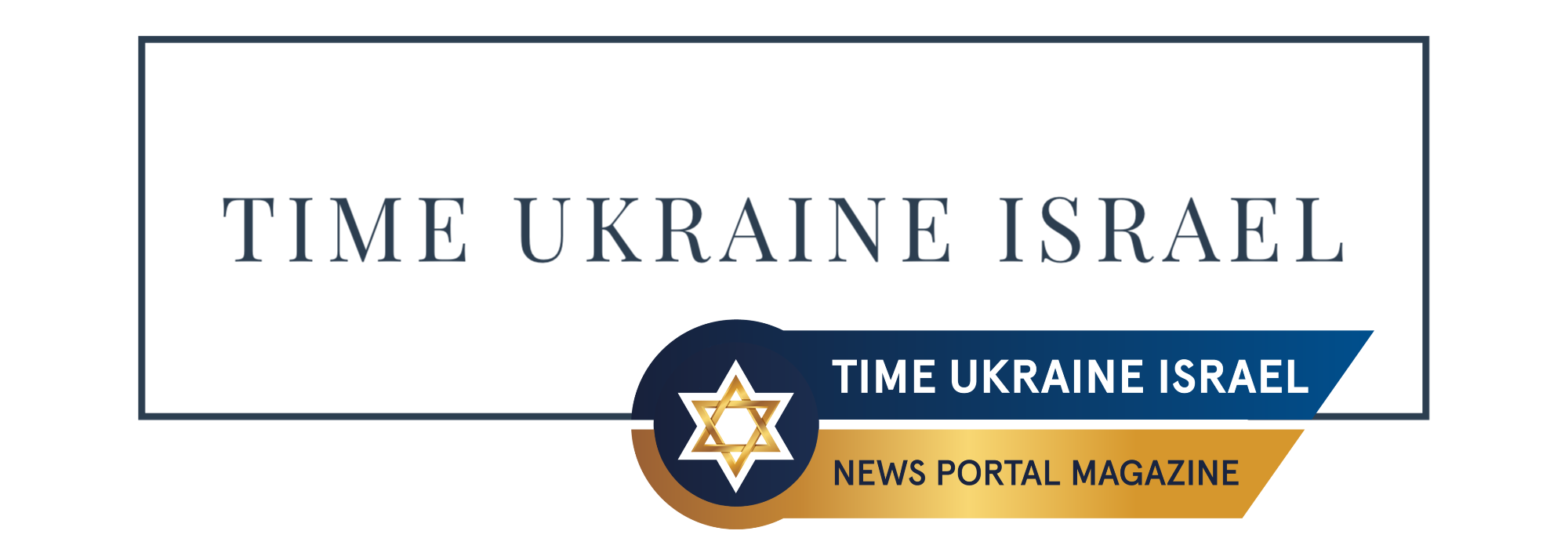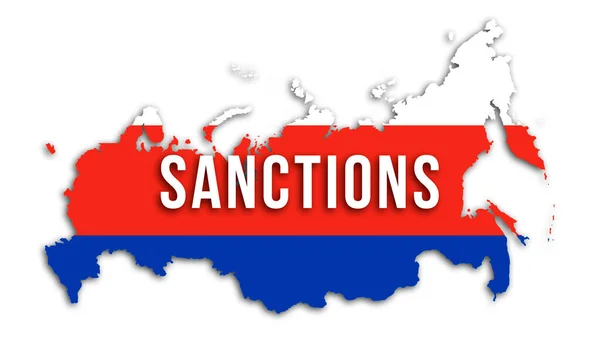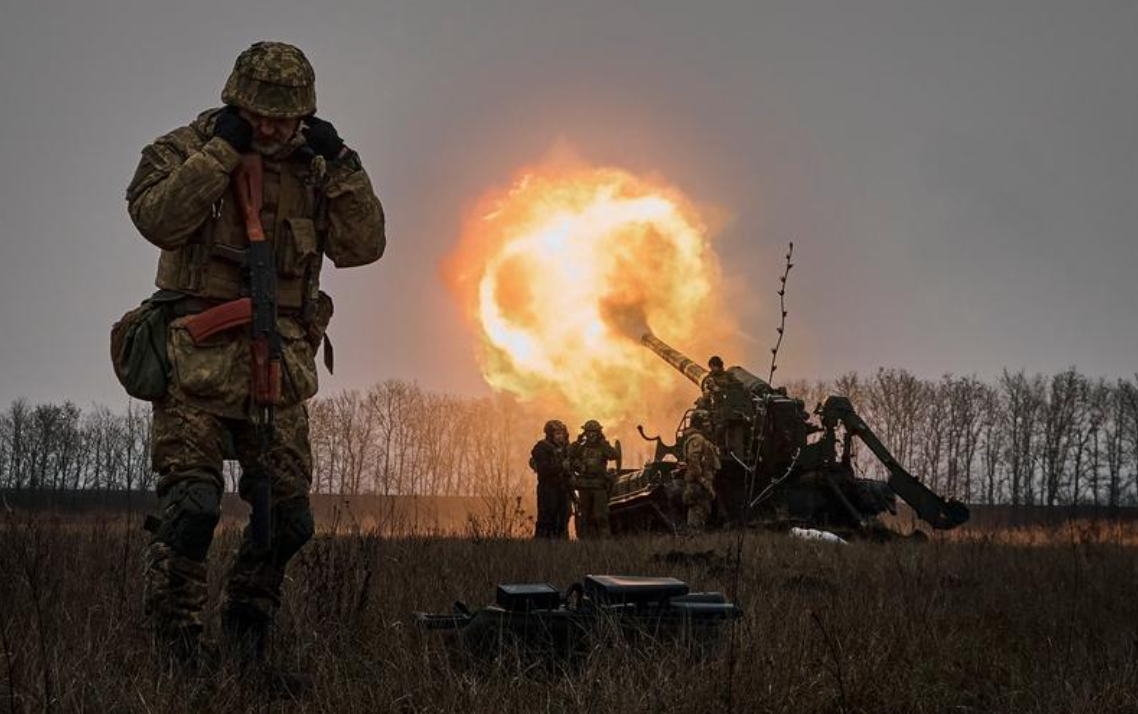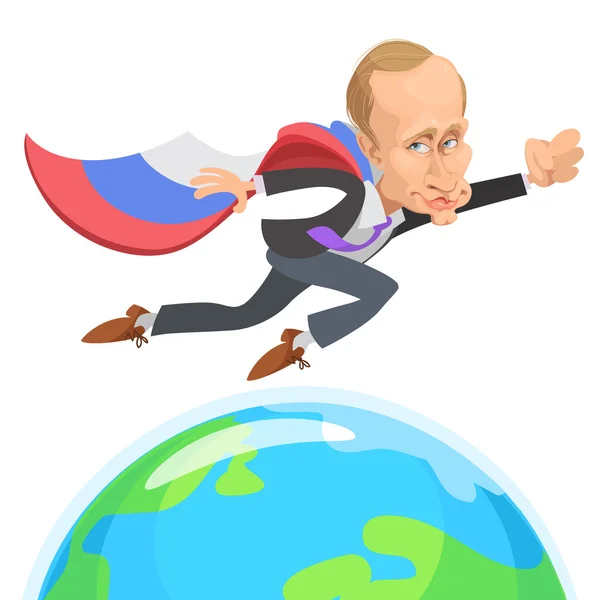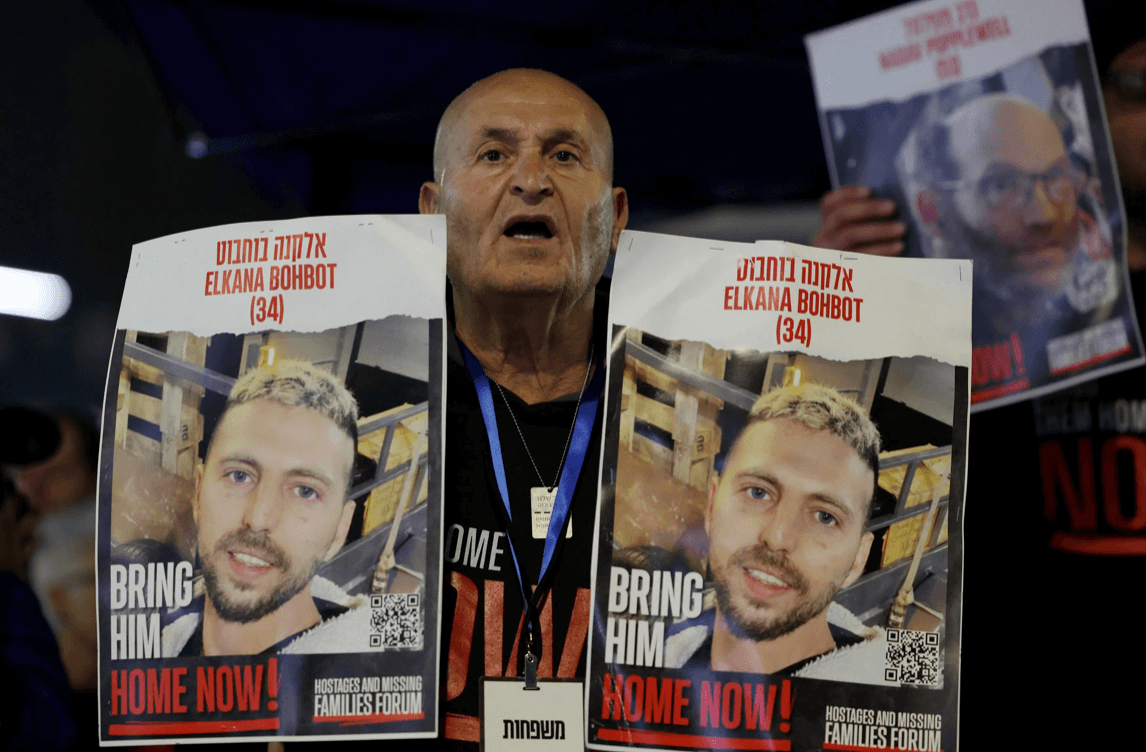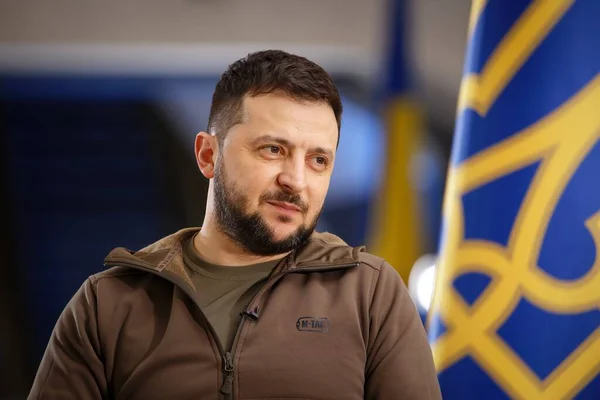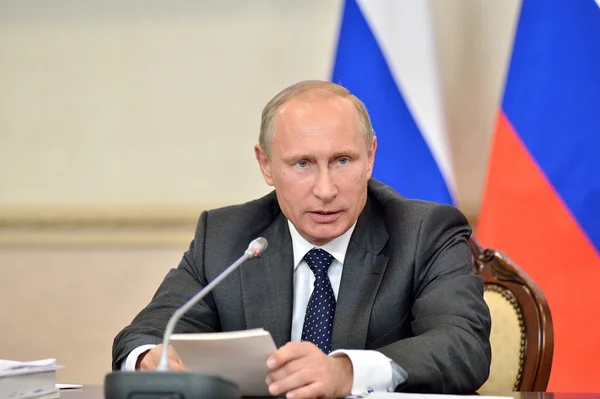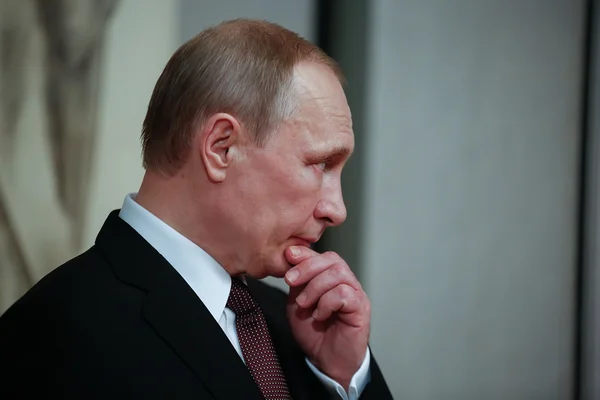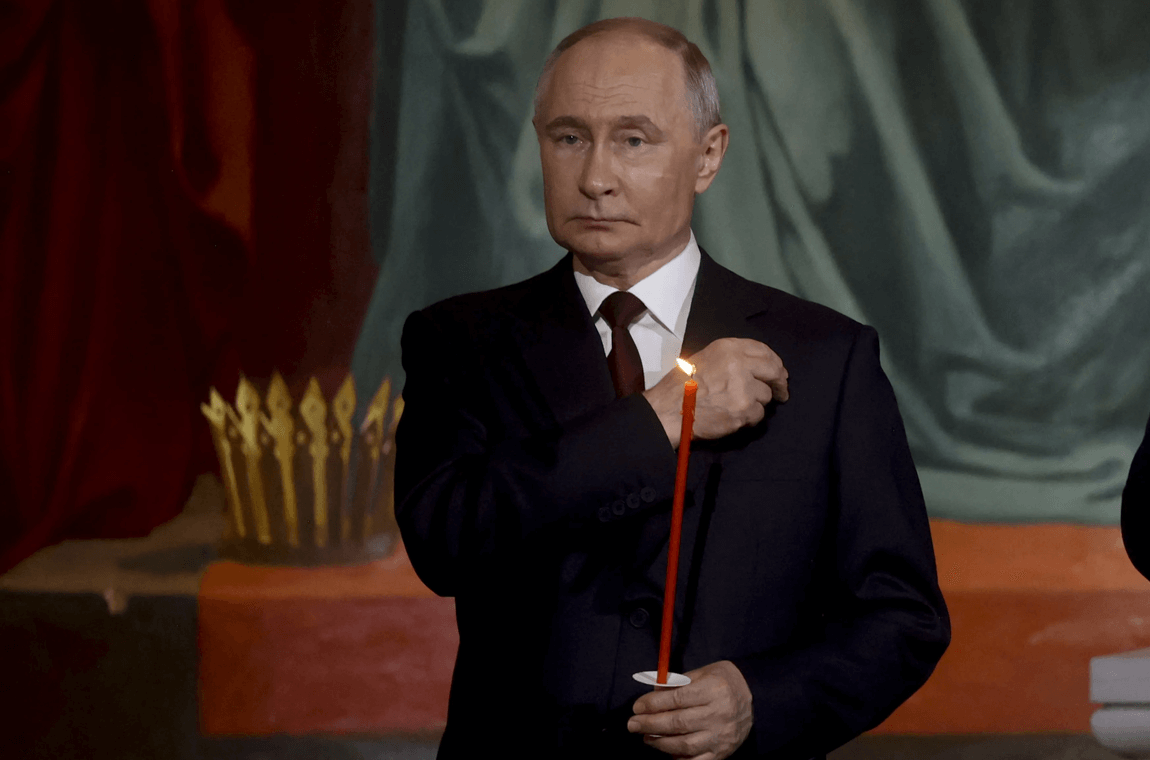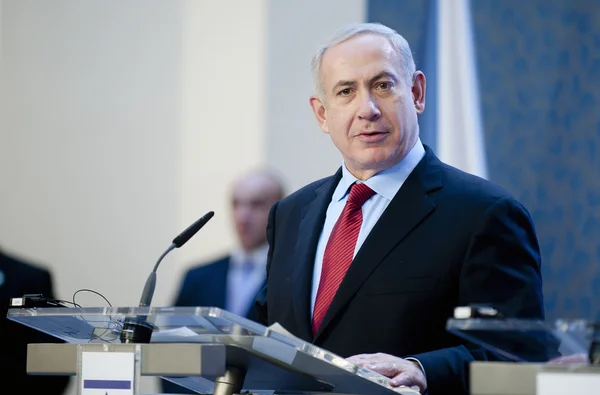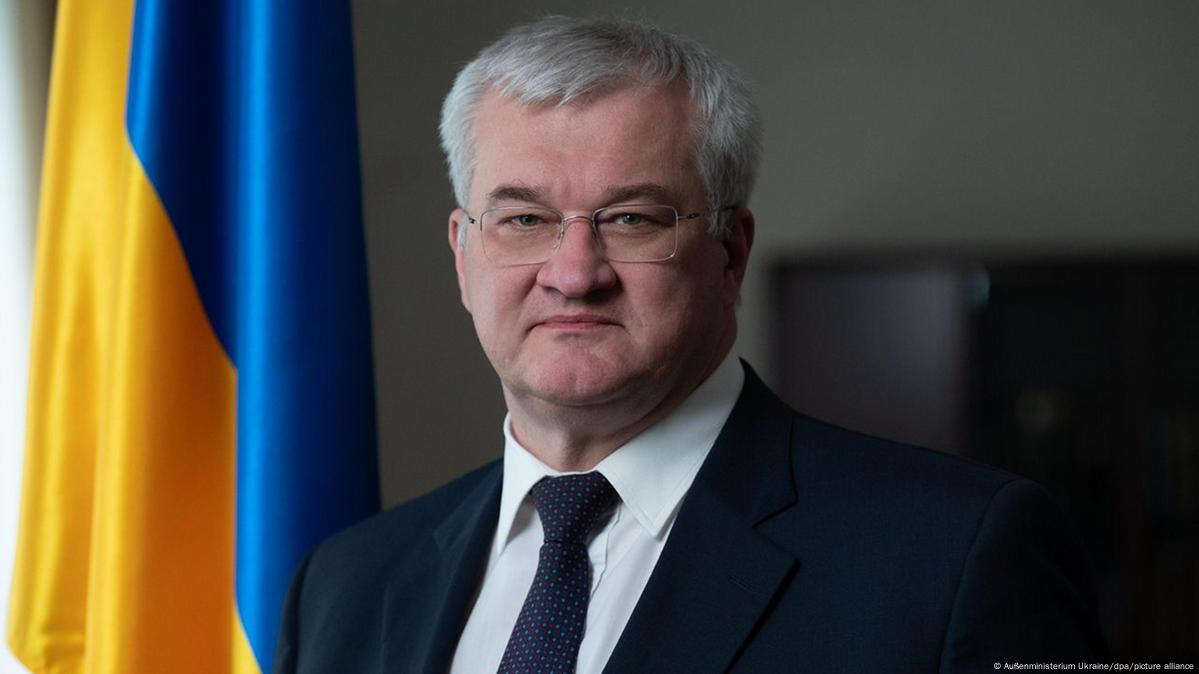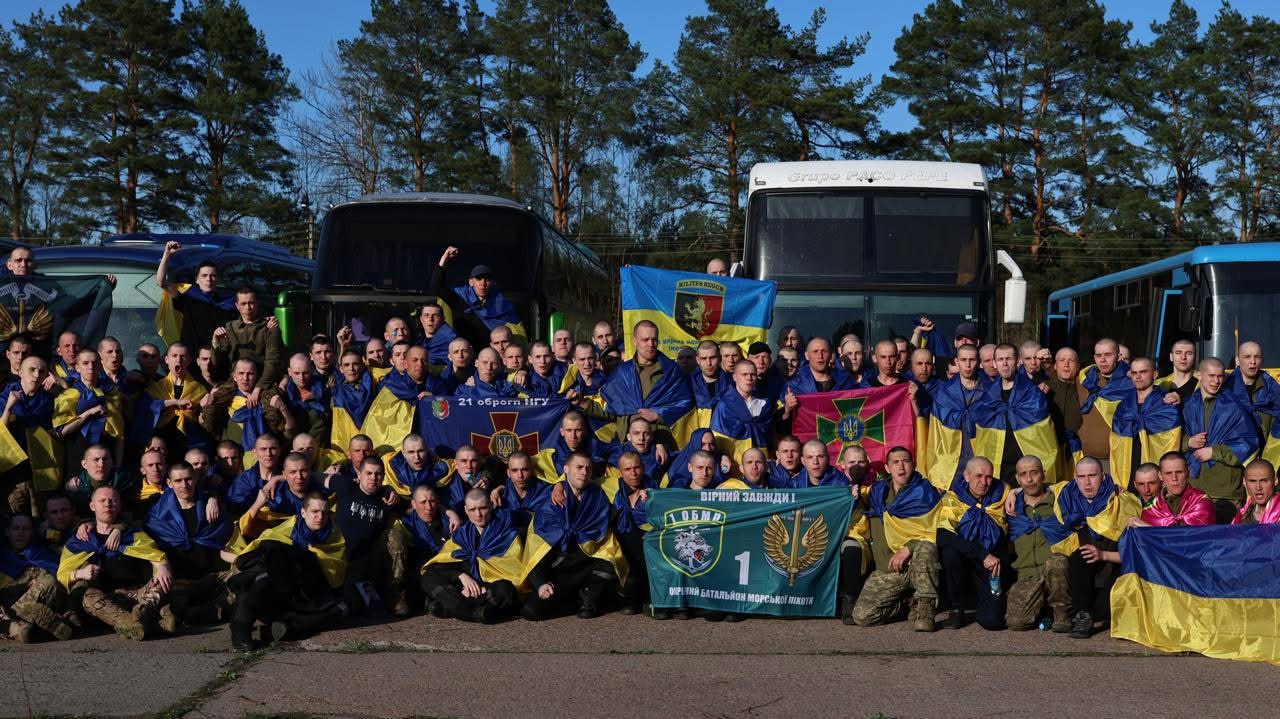Photo: depositphotos
Defense Spending and Its Economic Impact
Russia’s overheated economy, driven by the Kremlin’s massive expenditure on the invasion of Ukraine, may soon experience a sharp cooldown. Massive financial inflows into the defense industry have contributed to economic growth during the war. However, the country is now facing significant constraints in key sectors that previously supported this growth.
Labor Resources and Their Constraints
Labor resources in Russia are nearly exhausted due to fierce competition for recruits between the military and businesses. This is also likely to limit further expansion of defense industries. The construction and banking sectors are no longer shielded from high interest rates, as most state-subsidized mortgage programs were phased out last month.
GDP Growth Forecast
While GDP is expected to surge more than 4% year-on-year in the second quarter, growth may slow to half that rate in the second half of the year. This is according to economists surveyed by Bloomberg. The Federal Statistics Service is set to release preliminary GDP data for the second quarter later on Friday.
Labor Market and Interest Rates Impact
The Central Bank of Russia raised its key interest rate to 18%, the highest level since the early weeks of the war, to combat inflation. Unemployment in Russia has dropped to a historic low of 2.4%, lower than any G7 country. However, this does not address the issue of labor shortages, with businesses experiencing a deficit of over 2 million workers.
Economic Activity Status
Economic activity in June showed signs of slowing across most sectors, with construction growth hitting its lowest level since 2020. Production growth driven by military orders was half of May’s level in June. Wholesale trade slowed to less than 2% growth from double digits in previous months, according to Ministry of Economy data.
Outlook and Predictions
Economists warn that economic growth rates may continue to slow due to industrial capacity constraints and high interest rates. However, capital investments remain high, which could support economic activity in the long term. Yet, labor and technological constraints may be challenging to overcome amid the ongoing war.
Source: Bloomberg
